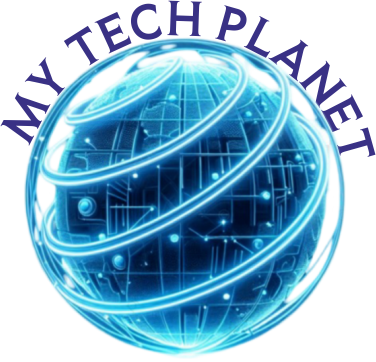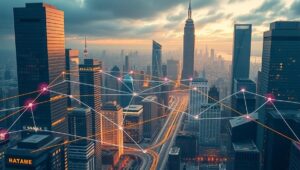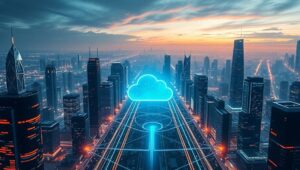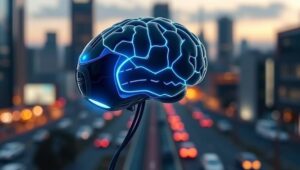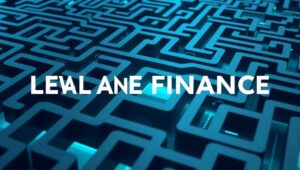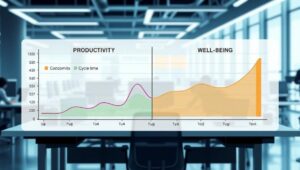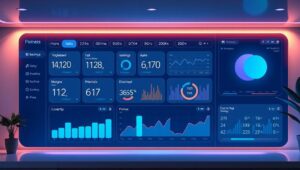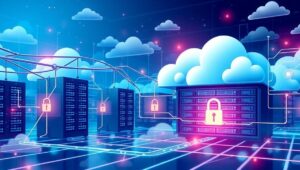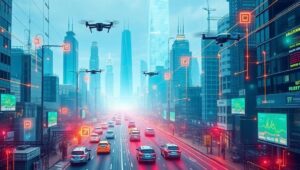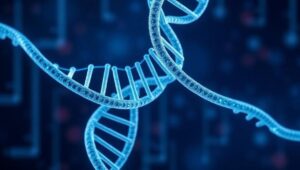May 21, 2025
Cloud-Native Architectures: The Default by 2025
Cloud-Native Architectures: The Default by 2025 The shift towards cloud-native architectures is rapidly gaining momentum. Experts predict that by 2025, it will be the default approach for building and deploying applications. This article explores what cloud-native means, why it’s becoming so prevalent, and the key technologies and practices that underpin it. What is Cloud-Native Architecture? Cloud-native architecture is an approach to designing, building, and running applications that fully exploit the capabilities of the cloud computing model. Unlike traditional applications that are often migrated to the cloud, cloud-native applications are designed from the ground up to run in dynamic, virtualized environments.
